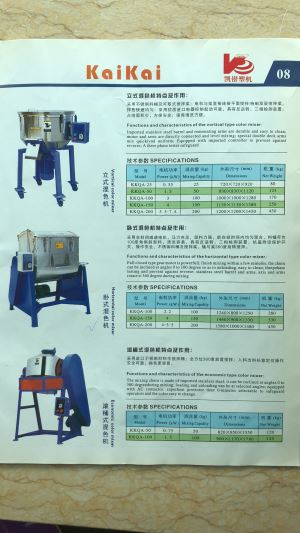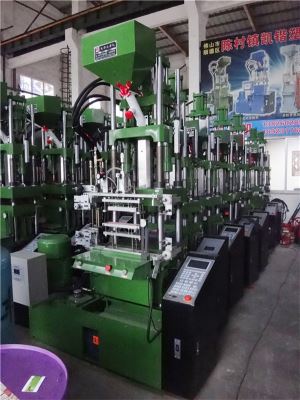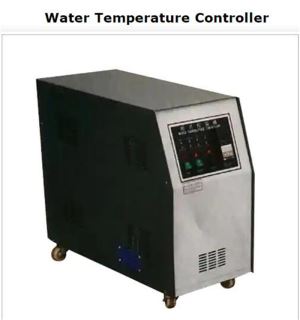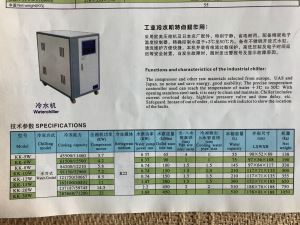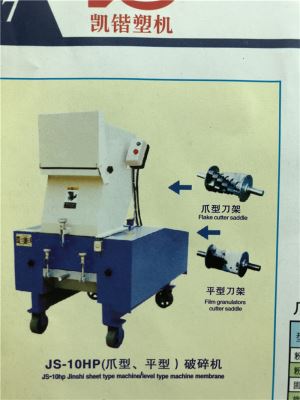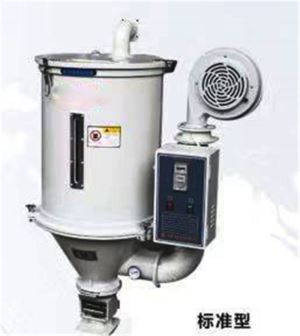Product Categories
Contact Us
Tel:+86-757-23330332
Fax:+86-757-23330332
Ph:+8613826028993
E-mail: joybai@kaikaimachine.com
Add:2-3C Tower #13, Shunlian International Machine City, Chencun Town, Shunde District, Foshan City, Guangdong, China
The plastic injection molding process is a cyclic process. After completing one cycle, one injection cycle is completed. Each cycle mainly includes actions such as quantitative feeding, melt plasticization, pressure injection, cooling and filling and opening. After removing the plastic part, the mold is closed and the next cycle is performed. Each time the injection molding cycle is completed, the injection device and the mold clamping device of the injection molding machine respectively complete a working cycle, that is, each moving part of the injection device and the mold clamping device moves in sequence in a predetermined order.
There are three stages to completing injection molding: plasticizing, injection and shaping.
1) Plasticizing stage.
The plastic raw material falls from the hopper into the barrel, and is conveyed forward by the rotating screw. In the barrel, on the one hand, the plastic receives the heat from the outside of the barrel, and on the other hand, it is compacted due to the gradual reduction of the screw groove volume. At the same time, the screw will strongly stir and shear the plastic when the screw rotates in the barrel. Shearing action results in severe friction between plastics and between the plastic and the barrel and screw, generating a large amount of heat, so that the plastic is gradually plasticized into a molten state while being pushed forward. Due to the back pressure of the screw head, the screw has a backward movement while rotating, in order to store the plasticized melt on the top of the barrel for injection. The backward stroke of the screw is determined by the amount of injection material required for one molding.
2) Injection phase.
When the screw stops rotating and retracts, the mold clamping part starts to close the mold, and then the injection device moves forward to make the injection nozzle fit the mold gate. The injection cylinder piston pushes the screw to move forward quickly, according to the injection pressure required by the molding process. And speed to inject molten plastic into the mold cavity. In order to prevent the molten material injected into the mold cavity from flowing back and to replenish the small amount of molten material required to shrink due to the cooling and setting of the product, the screw after the injection is still required to maintain a certain pressure on the molten material, which is called holding pressure, until the molten metal at the gate The material is cooled and shaped.
3) The finalization stage.
After the melt in the cavity is cooled, the viscous fluid state is restored to the glass state. After the product in the mold cavity is completely cooled and shaped, the mold clamping mechanism is opened and the mold is opened. With the assistance of the ejection mechanism, the product is demolded to complete the entire process of injection molding.
Related Industry Knowledge
- Clamping force of basic parameters ...
- Plasticizing ability of basic param...
- Injection rate of basic parameters ...
- Injection pressure of basic paramet...
- Theoretical injection volume of bas...
- Hydraulic-mechanical type of mold c...
- Hydraulic type of mold clamping dev...
- hydraulic control system of injecti...
- structural clamping system of injec...
- Structural composition of injection...
- Manipulator components and functions
- Working principle of vertical injec...
- The advantages of using vertical au...
- How to select string for seal tag (...
- The materials use on plastic string...
- Introduction of garment seal tag ma...
- The purchase considerations of seal...
- Seal tag(string lock/clothing tags)...
- the main categories of seal tags
- The use of seal tag/string lock









